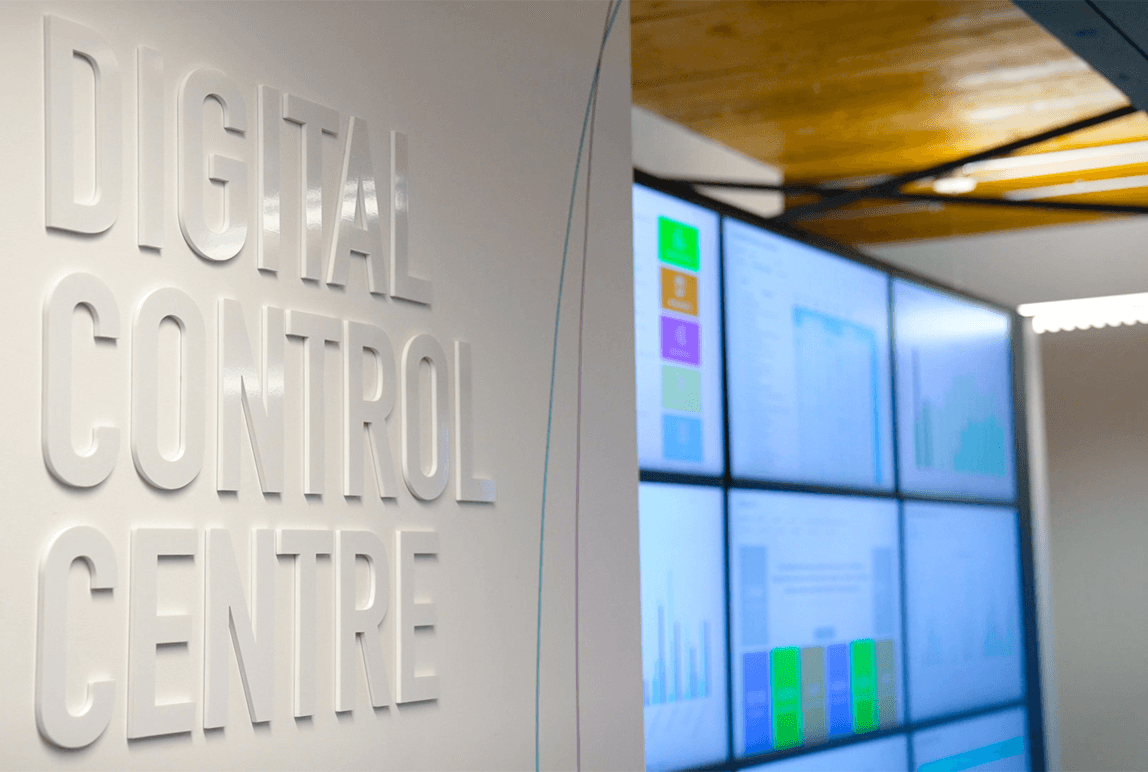A New, Common Form of Access
Posted: July, 24, 2020 11:04AM ET • 6 min read
We live in a world of controlled access. The need to control access and to secure property, and valuables, is a basic societal need. Some places are open and free to access, others are secured and limited. This should come as a surprise to exactly no one, as it is far from new. The earliest known lock and key device was discovered in the ruins of Nineveh, the capital of ancient Assyria, dating, at least, to the 25th century BCE, and in nearly 5000 years they have never gone out of style. While locks and keys have been around for millennia, they have not stayed the same, evolving to be ever more sophisticated in keeping with the growth and expansion of society, with its increasing complexities, and to meet its ever-varied needs.
Along that evolutionary timeline, in the late 20th century, came the electronic key. Most people have grown accustom to this technology that features a lock being operated by way of a security credential, be it a key card, an RFID tag or fob, or a security code. This advance exponentially expanded the versatility, functionality, and security of locks. It allowed for a single lock to allow access to a single user, or to multiple, but more it allowed for access at specified times while remaining capable of denying it at others based on privilege hierarchy. In a sense, the electronic key has at least, supplement the role of a sentry and at most, replaced it.
To gain this functionality, electronic locks are programmable and are usually integrated into an access control platform. This ability enables the use of multiple keys on a single lock, the tracking and timestamping of access by user, the automatic creation of an access log, and the capability to discontinue or revoke a credential and instantly deny access with the push of a button rather than having to rekey or replace a lock. Each of these functions alone would constitute a terrific advance; combined they have created a revolution. But, as with any technological shift, there is still advancement to be made.
Taking It a Step Further
Now, manufacturers of access control systems are extending the convenience and functionality of these systems by broadening their integrations across multiple equipment types and entry points. In doing so, they are making systems that are even more convenient for the user, and the administrator, and reducing the number of credentials required for access, without sacrificing security. In a sense, modern access technology can function as an old-fashioned skeleton key, providing programmed access to multiple locations.
By facilitating the use of a single credential for access across multiple points of entry, a single, secure pass allows the bearer to move, seamlessly, through multiple security layers. To passthrough, as needed, multiple security zones, and facility types, without having to carry and manage multiple methods of access verification.
To do so, access control manufacturers are most commonly taking advantage of the functional abilities of RFID. RFID offers the greatest amount of secure read range and thereby increases convenience through reducing the need for physically close interaction with technology as the authentication of the credential takes place over an air interface. Users can smoothly pass through access points with the technology reading and authenticating the credential from a distance, allowing the secure but free flow of people and vehicles.
Improving Convenience Results in Improved Compliance.
Making access control systems more convenient has long been the challenge, if not the bane of their existence. And there are times the reduction in user circumvention improves the overall security of a facility. But achieving frictionless access has a positive side effect of greater user compliance in the form of a reduction in circumvention. Simply put, the more convenient an access system is to use, the less likely that users will find a way to work around it. This is especially true in high throughput areas that none the less need to remain secure. It is a natural, in fact highly functional if not down tight essential part of our society to be polite. This takes many forms and one of them is to ease the effort of others when we can. One familiar example is known in the access control world as “tailgating”. Most people have participated in some form of this, though not necessarily regarding a secure access point. They have held the door open for another. Sometimes we know this person, and, often rightly, feel justified in allowing them to gain access to the facility without having to use their access credential (i.e badge in). It is a space where security and access protocols run astride and, at times, against accepted societal norms. And the more inconvenient the access technology, the more likely that a “good Samaritan” will act to circumvent it. Propping open or holding a door for others or in some other way going around the security protocol. It is simply a part of polite society. But research suggests that when access control systems are simpler and easier to use, this type of circumvention is reduced, thereby improving the overall security of the system.
The Full-Suite Solution
By incorporating integrated technology running on a single access control software platform, multiple, previously siloed use areas can be brought together to create a frictionless access environment that extends to multiple uses. As users move through a facility, they encounter a multitude of areas of access restriction with variable levels of security.
Parking
Credentials associated to, but not attached to vehicles can be used to access controlled parking lots and structures.
Buildings
Exterior entrances, interior offices, board rooms, dining facilities, can all be accessed using a single credential.
Resort Areas
RFID tags transmit lift access credentials upon approach the lift. Skiers and riders glide through to lift access. Reducing wait times and increasing the joy of mountain access. Or to different areas of multi facility resorts, such as pools, spas, and beaches.
Arenas
Credential holders flow seamlessly through access points for concerts and festivals. The capability to program stratified levels of access no matter the credentials forma factor, makes management efficient and keep venue access secure and properly monitored.
With a full-suite approach, the technology is ready to connect with the user, at their convenience as soon as they arrive at the initial entry point of the facility, usually the parking facility. The same omni-credential that permitted access to the garage can be used to gain verified and secure access through the facility, all while only having to hold a single ID. It is a new level in the marriage of security and convenience; one where technology is leveraged to create the best user experience possible, and users hardly even need to know it is there.
Share Article:
ABOUT THE AUTHOR
Chris McKenty
Vice President
SKIDATA is an international leader in the field of access solutions and their management. Almost 10,000 SKIDATA installations worldwide in ski resorts, stadiums, airports, shopping malls, cities, spa & wellness facilities, trade fairs and amusement parks provide secure and reliable access and entry control for people and vehicles. SKIDATA places great value in providing solutions that are intuitive, easy to use, and secure. The integrated concepts of SKIDATA solutions help clients optimize performance and maximize profits. SKIDATA Group (www.skidata.com) belongs to the publicly traded Swiss Kudelski Group (www.nagra.com), a leading provider of digital security solutions.
Questions?
Fill out the form below and we will do our best to connect you with a suitable contact.












